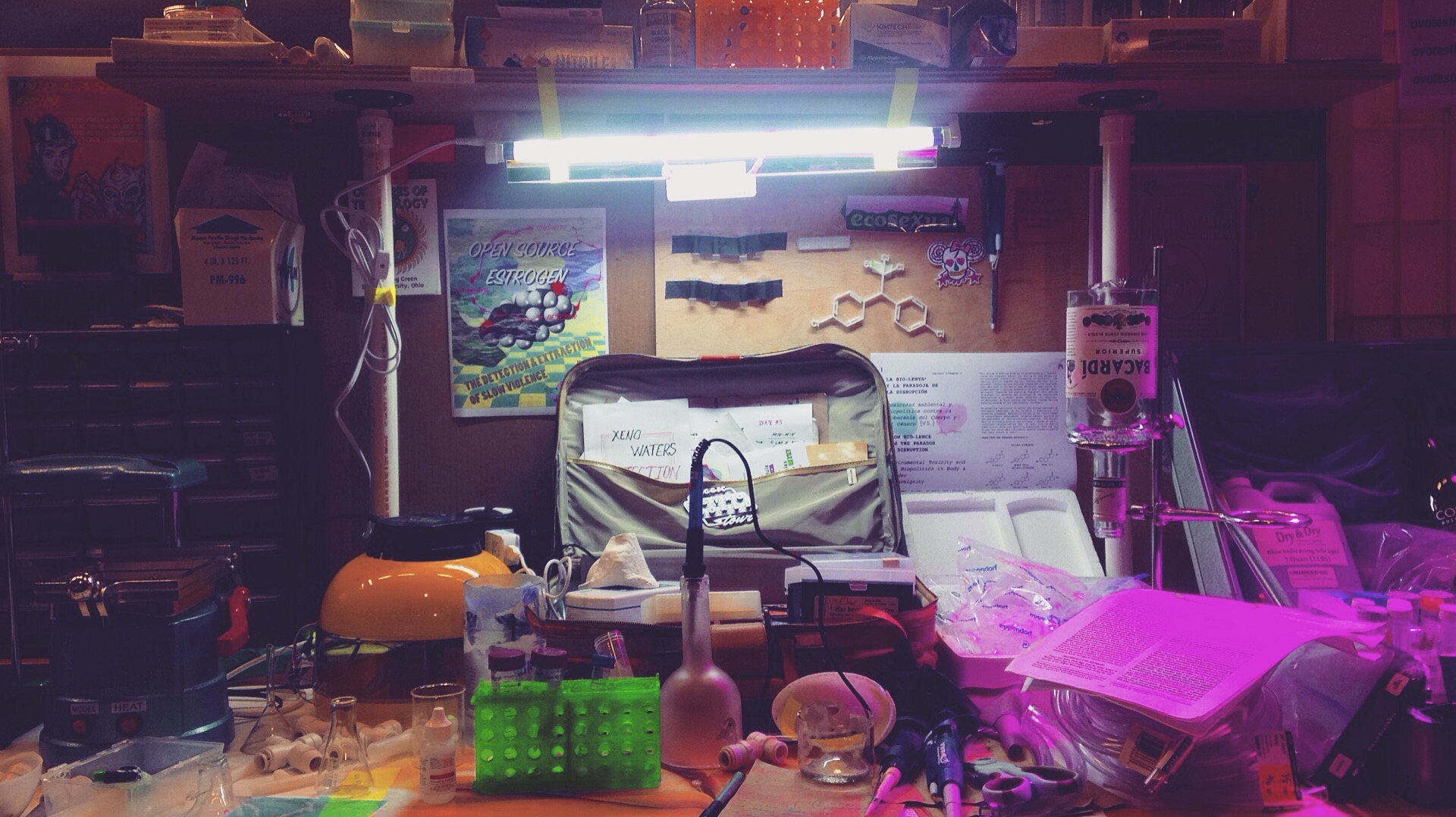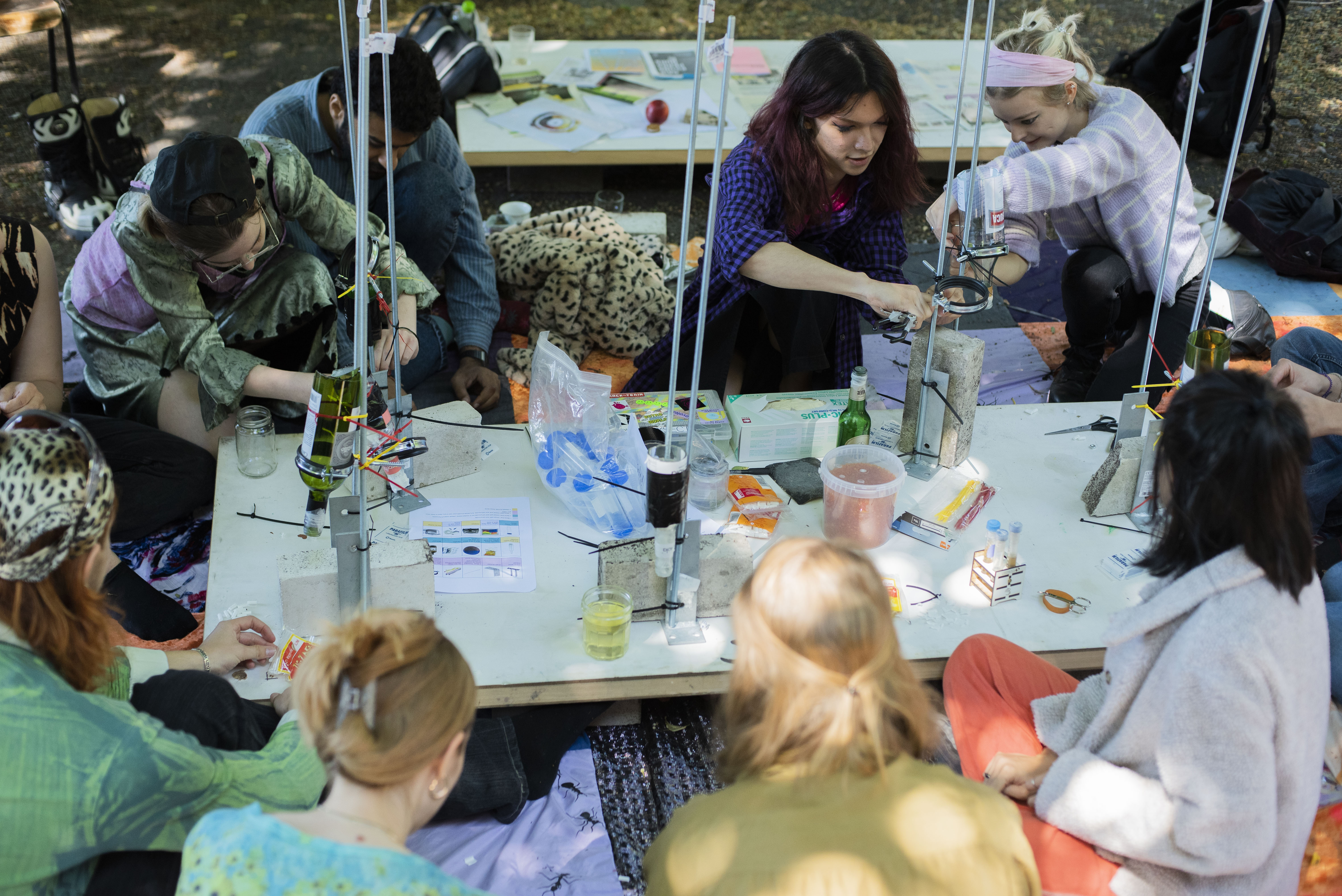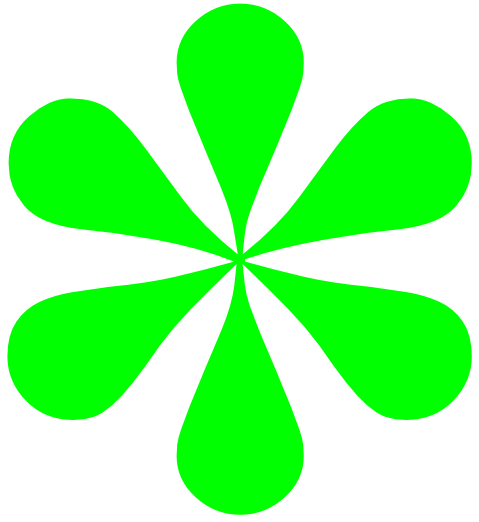
MARY MAGGIC
“We’re all
living
in an
Estroworld…
Purity is not
an option!”
#ACTIVISM #ARTS-BASED RESEARCH #BIO #ELECTRONICS #GENDER #INTERACTIVE #SCIENCE #VIDEO
BIO.
Mary Maggic (b. Los Angeles, '91) is a nonbinary artist working at the intersection of hormones, body and gender politics, and ecological alienations. Maggic frequently uses “biohacking” as a xeno-feminist practice of care that holds the potential to demystify invisible systems of molecular biopower. Completing their Masters in the Design Fiction group at MIT Media Lab, they received the Prix Ars Electronica Honorary Mention in Hybrid Arts (2017) for the project “Open Source Estrogen” and a 10-month Fulbright research award in Yogyakarta, Indonesia (2019). Maggic is a current member of the global network Hackteria - Open Source Biological Art, the tactical theater collective Aliens in Green, the Asian feminist association Mai Ling Vienna, as well as a contributor to the radical syllabus project Pirate Care and to the online Cyberfeminism Index.
Mary Maggic (b. Los Angeles, '91) is a nonbinary artist working at the intersection of hormones, body and gender politics, and ecological alienations. Maggic frequently uses “biohacking” as a xeno-feminist practice of care that holds the potential to demystify invisible systems of molecular biopower. Completing their Masters in the Design Fiction group at MIT Media Lab, they received the Prix Ars Electronica Honorary Mention in Hybrid Arts (2017) for the project “Open Source Estrogen” and a 10-month Fulbright research award in Yogyakarta, Indonesia (2019). Maggic is a current member of the global network Hackteria - Open Source Biological Art, the tactical theater collective Aliens in Green, the Asian feminist association Mai Ling Vienna, as well as a contributor to the radical syllabus project Pirate Care and to the online Cyberfeminism Index.
https://maggic.ooo/
mail instagram facebook
Video: © Mary Maggic
Housewives Making Drugs (2017)
Video, 10:12 min
What if it were possible to synthesize hormones in the kitchen? Imagine if this was as easy and simple as cooking a meal. “Housewives Making Drugs” is a fictional cooking show where the trans-femme stars, Maria and Maria teach the audience at home step-by-step how to cook their own hormones. They perform a simple “urine-hormone extraction recipe” while amusing the audience with their witty back-and-forth banter about body and gender politics, institutional access to hormones, and everything problematic with heteronormativity. Choosing the kitchen as the appropriate battleground for tackling body/gender politics and institutional access, the cooking show aims to challenge/subvert patriarchal society and speculate on a world with greater body sovereignty for all.



Photos: © Mary Maggic
Estrofem! Lab (Open Source Estrogen) (2016 - ongoing)
Mobile Labs
This research-based project is dedicated to the development of an "estrogen hack lab"-- a set of tools, protocols, and wetware for low-cost, accessible, participatory estrogen hacking + workshopology, necessitated by its genesis project, Open Source Estrogen (2015), the biopolitics of estrogen colonization and microperformativity. Regarded sometimes as hobo science, freak science, and public amateurism, the Estrofem Lab and its workshopologies aim to detect and extract estrogen from "sources with meaning," providing the contextual framework for why we hack estrogen, and why we perform science as citizens and (hack)activists. This ongoing artistic investigation has led to creation of yeast estrogen sensors (YES-HER yeast) containing human estrogen receptor for detection, vacuum pump solid phase extraction (SPE) using cigarette filters and smashed silica gel, reverse phase column chromatography using broken glass bottles and methanol, and fungal bioremediation.
Photo: © Mary Maggic
Milik Bersama Rekombinan (2019)
Latex, plastic, bamboo, fungi, agar, projection
At first glance, River Code ("cho-deh") in Yogyakarta, Indonesia is a surreal landscape colonized by plastic, with its citizens believing their water is clean enough for daily use. While water is the medium that connects us all, it is also the primary carrier of the industrial molecules, simultaneously queering both the river and the bodies of its inhabitants. Can the citizens of River Code care for the health of the river as if it were their own bodies? Can mutation and shape-shifting be acknowledged as legitimate strategies for survival? The installation includes a rotating mandala projection composed of trash found in the river, symbolizing the constant recombination of plastic particles inside our own bodies. Next there is a bamboo sculpture of River Code filled with blue agar that invites microbial contamination juxtaposed against contained samples of bioremediating fungi. Lastly, the river is flanked by a set of two latex sculptures embodying the porosity of skin as it is embedded with trash from the river.
